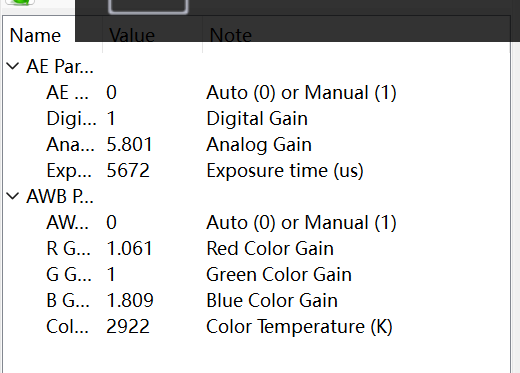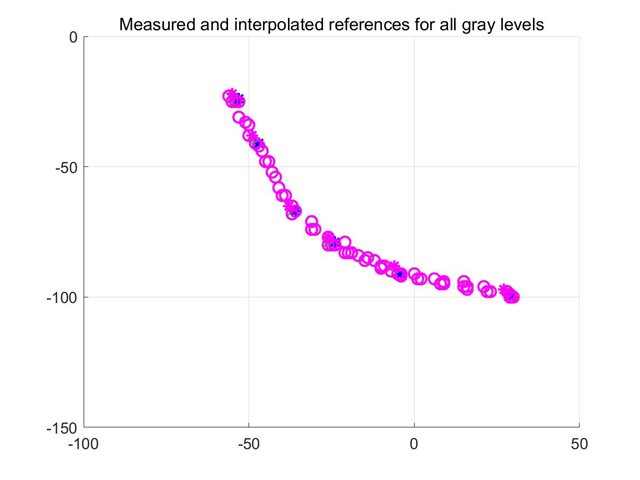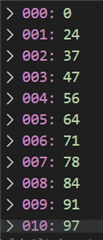Hi Ti experts
Currently, there is an issue of inaccurate calibration of AWB low color temperature using DCC.
The following is the gain value and corresponding result graph displayed by the calibrated AWB algorithm on DCC.
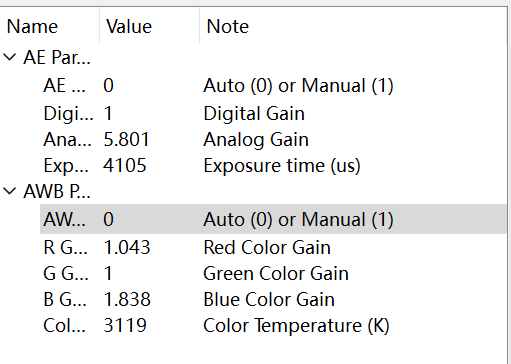
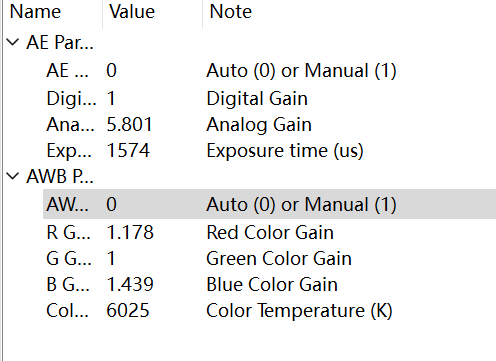


We can see that under A-light, the Bgain value is relatively small, resulting in a yellowed image.
After multiple AWB calibrations, the results are similar.
I want to know if calibration will cause the current problem?If so, which step should I pay attention to?
if not,can this issue also be caused by code?
Here are the Raw and Kneepoints used for calibration.There are also the raw images corresponding to the above images, as well as the raw and YUV images after turning off AWB.



